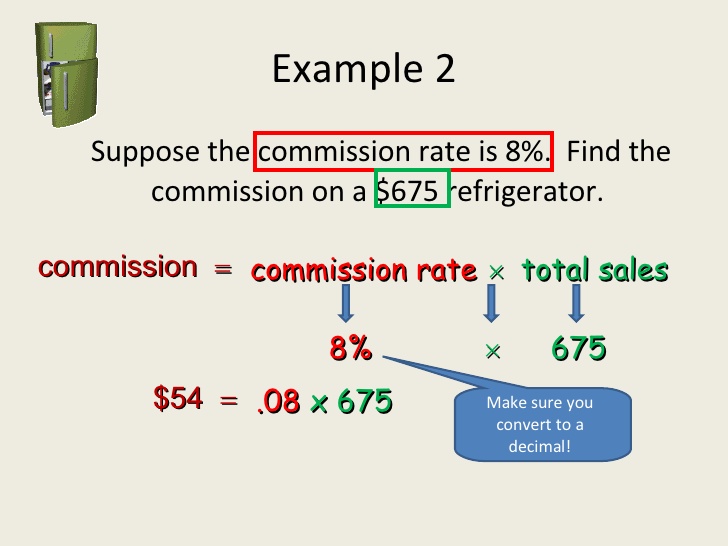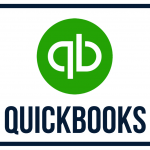
All payments in the Undeposited Funds account automatically appear in the Bank Deposit window. You will see Undeposited Funds as the default “Deposit to” account when you receive payments from invoices, use a payment item on an invoice, or enter a sales receipt. Therefore, it’s crucial for businesses to diligently record all deposits to maintain the integrity and precision of their financial records. The reconciliation is finalized by verifying the entries against the bank statement to ensure that all deposits are accurately accounted for. Once identified, adjustments are made to rectify the differences, ensuring that the accounting records accurately reflect the bank transactions.
If this process is not handled correctly you run the risk of overstating income. As an example if you create the invoice and then deposit a check directly into the bank register without receiving the payment against the invoice you will overstate income. The reason is you have recorded the income when you created the invoice. You then would have most likely credited sales/income when you directly deposited the payment into QuickBooks. Follow the above procedures exactly and you should never have an issue.
What Are the Common Mistakes When Reconciling Undeposited Funds in QuickBooks Online?
If you try to do so, QuickBooks Online types of budgets and budgeting models in accounting will just create a new Undeposited Funds account for you. As a QuickBooks ProAdvisor, Mark has extensive knowledge of QuickBooks products, allowing him to create valuable content that educates businesses on maximizing the benefits of the software. Ensure that the deposits shown in your Deposit Detail report match your bank activity exactly. If you see any discrepancies, then you will need to add or delete items, as shown in the next steps.
Looking for intuitive and simple workflows to satisfy your accounting needs? FreshBooks is made with small business owners and freelancers in mind. Many users have found this account tedious because it’s not very intuitive to untrained users. Learn how to use the Undeposited accounting 789 flashcards Funds account in QuickBooks Desktop.
QuickBooks for Small Business: Which Version Do You Need?
- Otherwise, you run the risk of either understating or overstating your income, both of which will have tax implications.
- Once identified, adjustments are made to rectify the differences, ensuring that the accounting records accurately reflect the bank transactions.
- When you immediately receive a cash or a check for a sales transaction without having created an invoice, then you must use the Sales receipt form to record the check and revenue.
- It is, however, useful for businesses that frequently get paid by check or cash and physically deposit the money to the bank instead of using mobile check deposits.
- QuickBooks Online has a special account specifically for these funds in transit.
It requires you to do an additional step in the form of multiple entries for each deposit (one to the undeposited funds account and the other to the right account). It is, however, useful for businesses that frequently get paid by check or cash and physically deposit the money to the bank instead of using mobile check deposits. Some QuickBooks Online users prefer to post payments straight to their bank accounts rather than using the Undeposited Funds account. Chances are you will occasionally receive payments from multiple customers and batch those into one deposit.
Irregular or infrequent reconciliation can create discrepancies that may snowball into larger financial discrepancies over time, making it challenging to identify and rectify the root cause of errors. Undeposited funds in QuickBooks Online can sometimes be a source of confusion for users, but reconciling them is crucial for maintaining accurate financial records. In this article, we will explore the process of reconciling undeposited funds in QuickBooks Online, why it is important, common mistakes to avoid, and tips for ensuring accuracy.
Your projects are processes,
If you receive electronic payments, such as credit card and debit card payments and bank transfers, deposit them directly to your checking account margin vs markup since that is how they will appear separately on your bank statement. Regular reconciliation of undeposited funds is essential for ensuring the proper recording of deposits, reducing errors, and maintaining the integrity of financial reporting. Instead of directly recording these transactions as separate deposits into your bank account, you can use the Undeposited Funds account to record a lump sum deposit that will match your bank statement. This account is special because it’s a temporary account that QuickBooks uses to hold received payments from invoices before you deposit them in the bank. Imagine this account as the blue bank deposit bag businesses use to hold cash/checks/etc before they deposit them at the bank.
Invoice payments you process outside of QuickBooks:

The special account enables you to combine multiple transactions into one record in the same way your bank has combined all the transactions into one record. So, by putting undeposited transactions into a special account until your deposits clear the bank, QuickBooks believes it’ll make it easier to match the record in your books to the lump sum deposit on the bank statement. This process begins with a thorough review of all financial records, including invoices, receipts, and bank statements, to pinpoint any inconsistencies. Once discrepancies are identified, they must be investigated to determine the cause, which can range from human error to issues with electronic transfers. I would imagine that even those users still learning QuickBooks understand the basics of invoicing. Invoicing is how you charge your customers for your products or services.
This process also applies if you collect checks and cash from your customers and then like to make one deposit into the bank. When you put money in the bank, you often deposit several payments at once. For example, let’s say you deposit five US $100 checks from different customers into your real-life checking account. So, you need to combine your five separate US $100 records in QuickBooks to match what your bank shows as one US $500 deposit.
